What are the top 10 sexually transmitted diseases?
Some of the most common STIs are:
Sexually transmitted diseases (STDs) are usually spread by sexual routes. In the following lines, you will learn more about the top 10 sexually transmitted diseases.
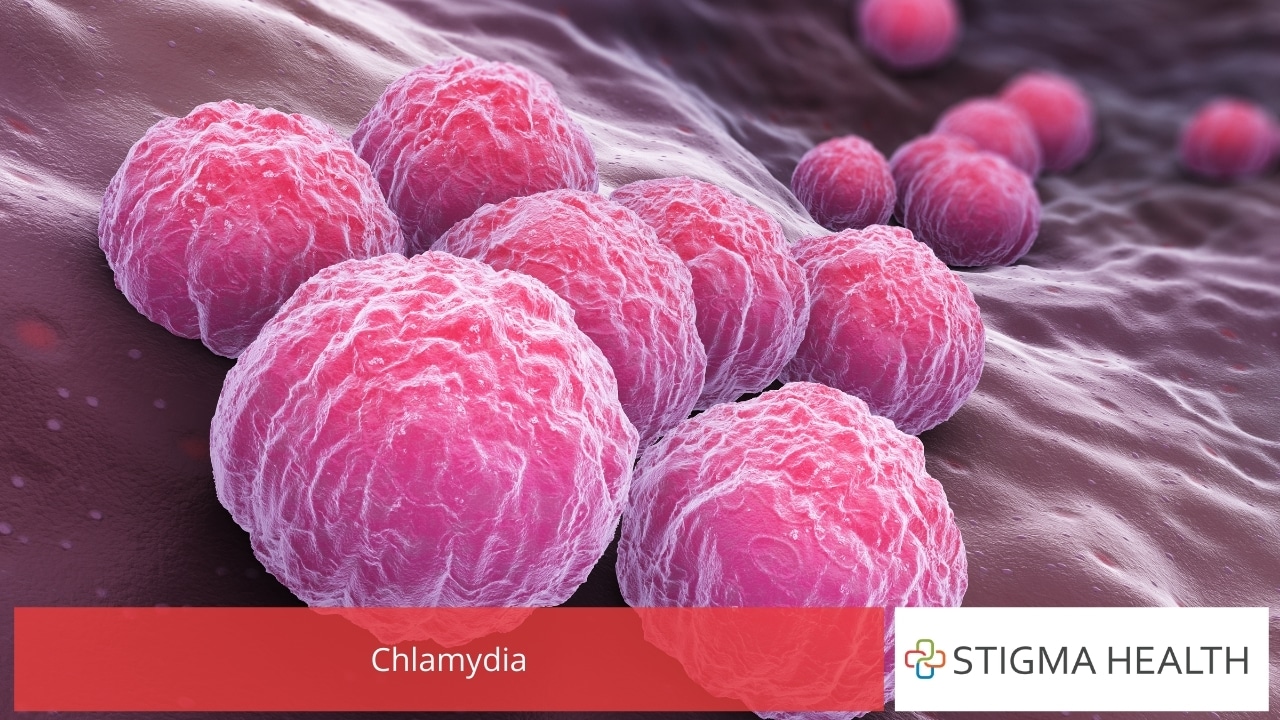
1) Chlamydia
Chlamydia can be caused by infection with the bacteria Chlamydia trachomatis. It can affect the urinary system of both males and females and can also cause negative consequences to the female reproductive system (1). According to Australian data, Chlamydia is the most frequent among sexually transmitted infections. In 2017, the total of chlamydia notifications in Australia was 100 775 (2). The Royal Australian College of General Practitioners Guidelines, reports that about 80% of chlamydia infections occur in people before their 30 years of age (3). Chlamydia can be transmitted sexually with the vagina, penis, anus, or mouth of an infected partner. Additionally, transmission can occur during childbirth from an infected mother to the newborn and can cause conjunctivitis or even pneumonia to the newborn (4).
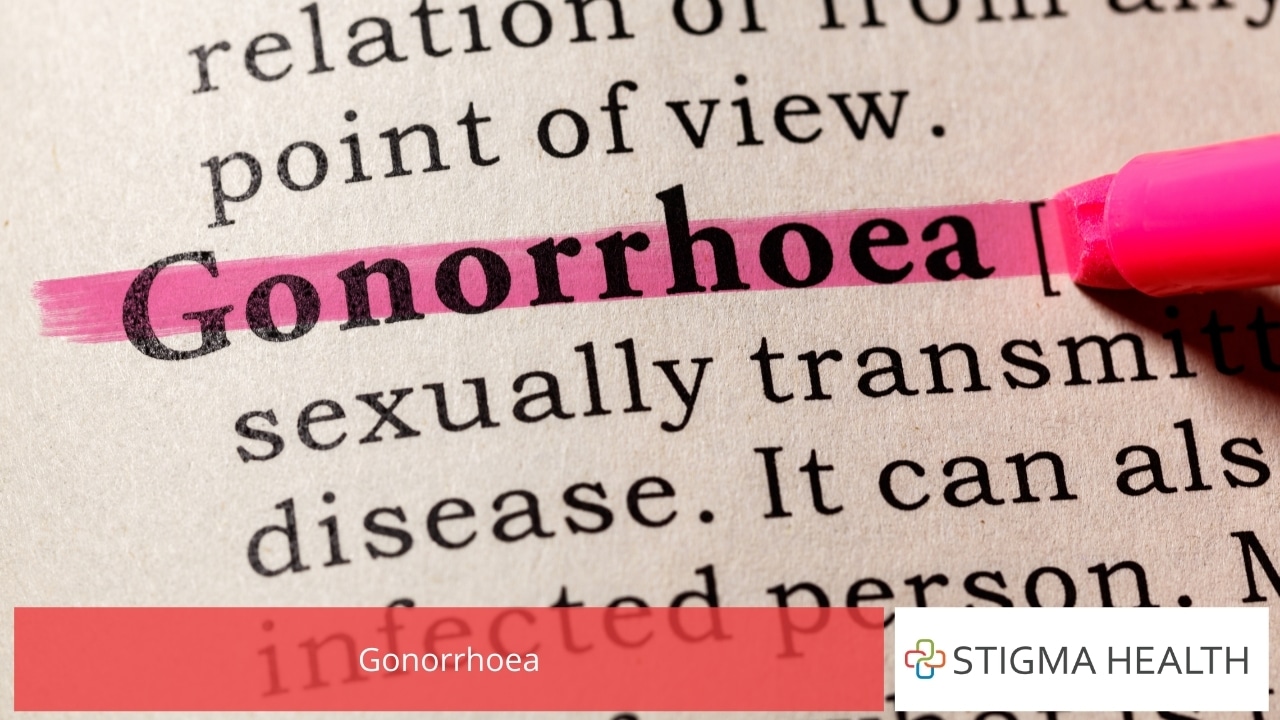
2) Gonorrhoea
Gonorrhoea is caused by infection with the bacterium Neisseria gonorrhoeae (5). Globally, gonococcal infections are becoming an urgent problem because it is reported that there is a rapidly developing resistance to multiple antibiotics. In Australia, there were more than 28.000 notifications of gonorrhoea in 2017, and the majority, about 75% of all notifications were males. Epidemiological data show that in the year 2017, gonorrhoea notification rates were higher in the Northern Territory, much lower in Western Australia, and even lower in New South Wales (2). Gonorrhea usually affects the male urethra, rectum or throat. In females, gonorrhea can also infect the cervix. Therefore, it can spread during vaginal, anal sex, and oral sex.
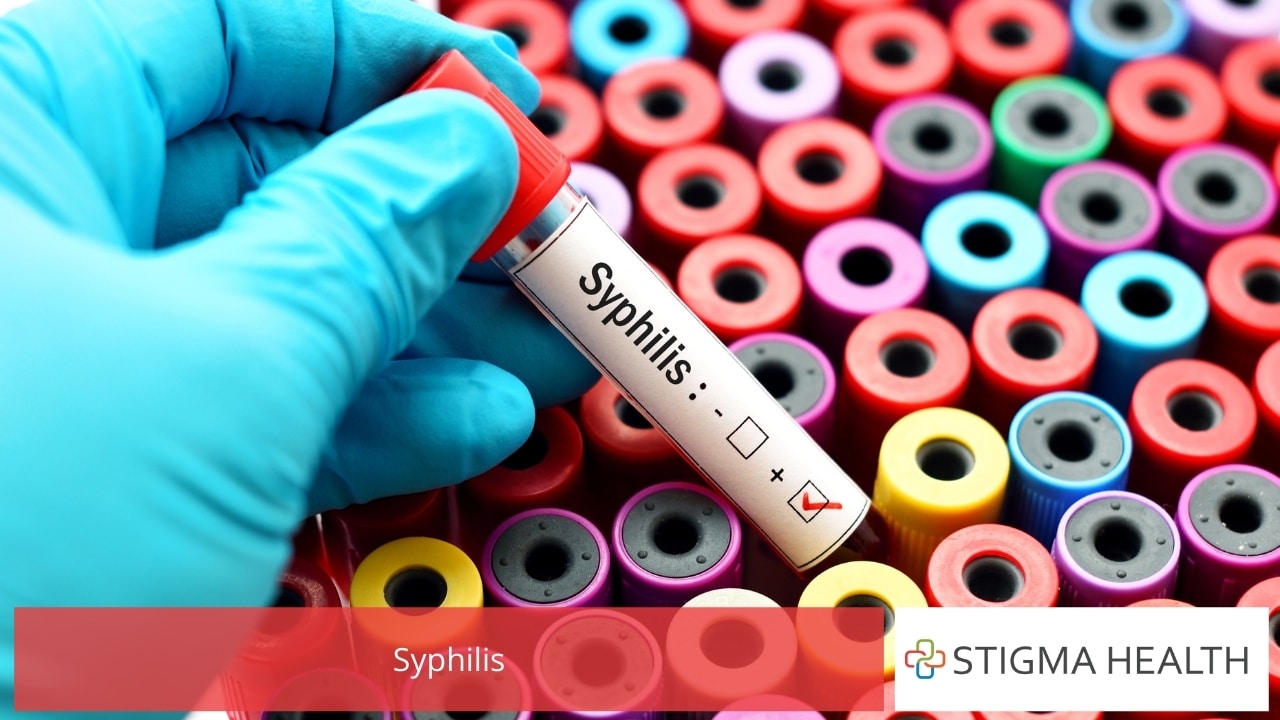
3) Syphilis
Syphilis is a bacterial infection caused by Treponema pallidum, subspecies pallidum. Syphilis is considered as one of the Sexually Transmitted Diseases (6). In 2017, in Australia, there were 4398 notifications of infectious syphilis, with the majority, almost 85% of notifications in males. Between the years 2013–2017, the notification rate of infectious syphilis increased by 135% and reached a rate of 18.3 per 100 000 in 2017. infectious syphilis notification rates were lower in the major cities and higher in remote and very remote areas (2). Transmission of syphilis occurs during sexual contact with an actively infected partner. However, syphilis can also be transmitted via vertical transmission during pregnancy (7).
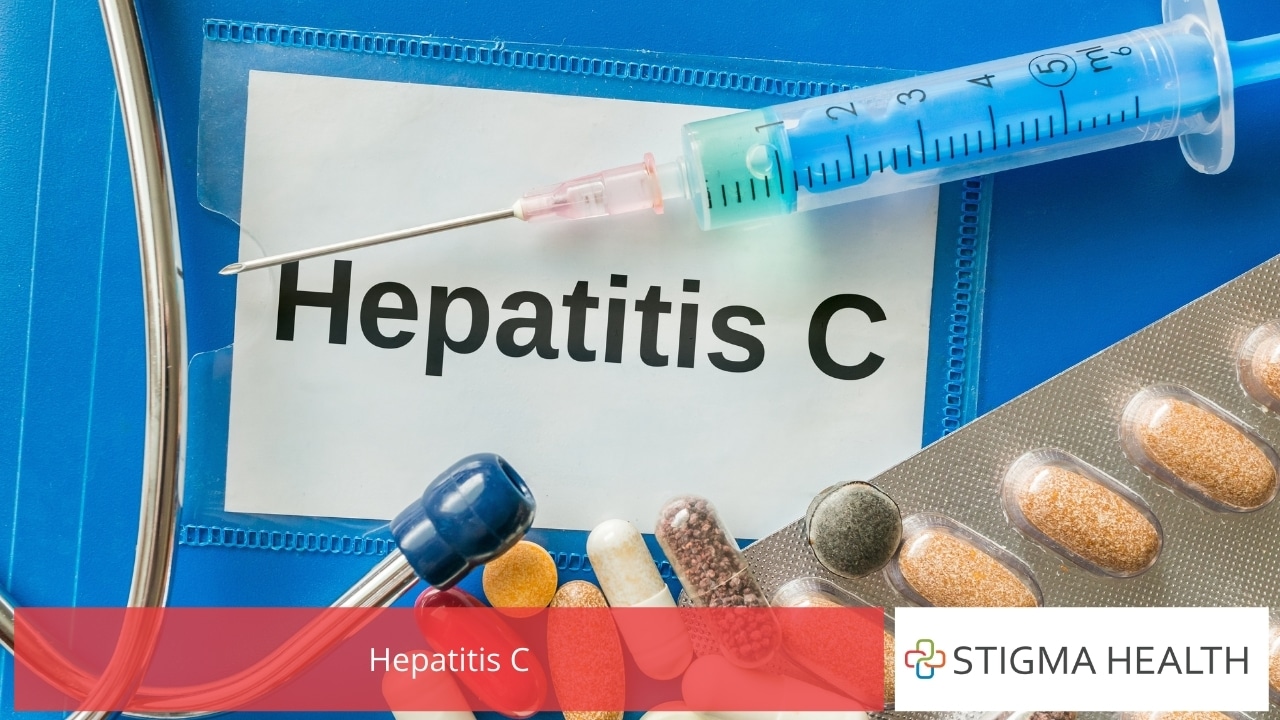
4) Hepatitis C
Hepatitis C is caused by the hepatitis C virus. This virus can cause either acute or chronic hepatitis and the severity varies from a mild illness of a few weeks to a serious disease that can even lead to death (8). According to estimations, there are about 80 million people worldwide who live with active hepatitis C virus infection (9). National Australian data show that there were 199230 people living with chronic hepatitis C infection. Statistics for Australia show that in 2017 there were 10537 Hepatitis C notifications and only 1/3of them were females (2). It is very possible to get infected by Hepatitis C if you reuse needles and syringes that have been used by others who might be infected. Another way of infection is sexual intercourse without protection.

5) Hepatitis B
Hepatitis B is a viral infection that changes over time and the chronic type of Hepatitis B infection cannot be cured (10). In 2017 there were 6102 hepatitis B notifications in Australia, the majority of which were males 54% vs 46% females. In that year, the notification rate of hepatitis B was highest among the age group of 30-39 years (2). In the same year, more than 233.000 people were living with chronic hepatitis B in Australia (2). Hepatitis B in adolescents and adults in Australia is transmitted in several ways but mainly through sexual contact and drug injection. However, many Australians who were born overseas were infected with hepatitis B at birth or in early childhood.
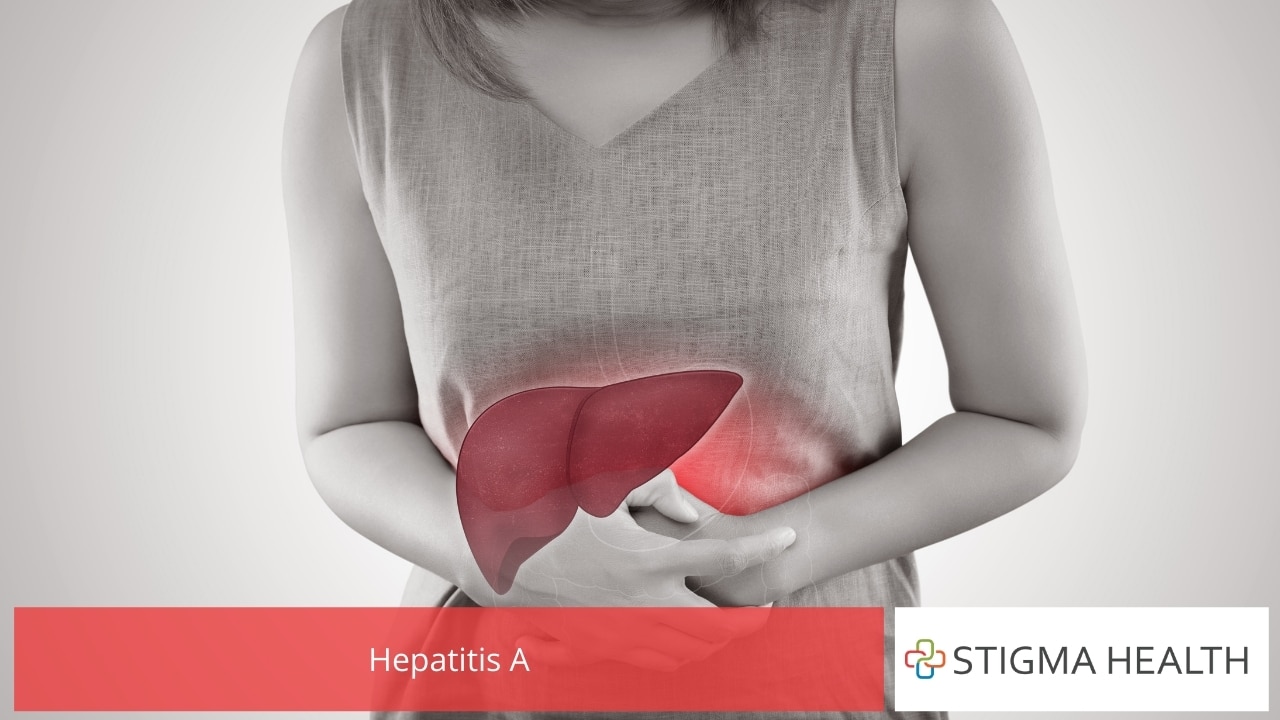
6) Hepatitis A
Hepatitis A is a viral infection that does not cause chronic infection and the immunity after the infection lasts forever. Australia does not belong to the countries with high prevalence of Hepatitis A. Hepatitis A can affect people at any age (11). However, there is an increasing rate of cases that relate to traveling abroad in countries where hepatitis A is endemic (12). Hepatitis A is usually transmitted by the faecal–oral route and infection occurs when you consume contaminated food or water. An additional way of transmission of Hepatitis A is via sexual contact particularly oral-anal sex with an infected person (13).

7) Genital herpes
According to estimations almost 1 in 8 sexually active Australian adults have genital herpes. The causal factor for genital herpes is the herpes simplex virus (HSV)(14). There are two types of HSV, HSV1, and HSV2. HSV2 commonly infects the genital and anal areas, however, both HSV1 and HSV2 can occur in several areas of the body like the mouth, lips, genital or anal areas (15). In Australia estimations based on national data conclude that almost three-quarters of Australian adults are infected with HSV1, and about 10% of adults with HSV2. Females are more likely to be infected with HSV2 compared to males (2).
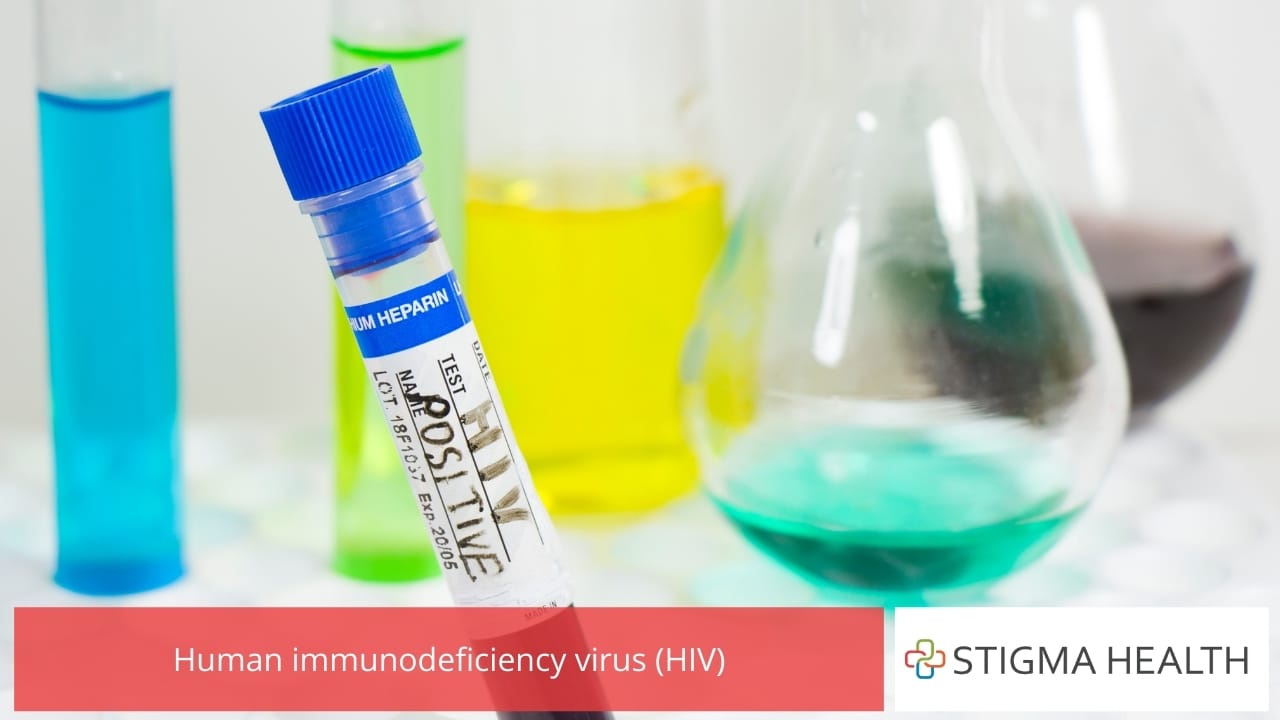
8) Human immunodeficiency virus (HIV)
Human immunodeficiency virus, which is widely known as HIV, is the virus that causes AIDS (acquired immunodeficiency syndrome). AIDS is a serious, life-threatening illness with a variety of symptoms (16). A total of 38 172 notifications of HIV have been reported in Australia since 1984, of which 34 800 were among males and 3 021 among females.
In 2017 it was estimated that there were 27545 people with HIV in Australia. In 2017 HIV prevalence, was estimated to be 0.14% (2). Body fluids, including vaginal secretions, semen, rectal fluids (through sexual contact with an infected person), blood and sharing needles or other equipment to inject drugs consists of the main ways of infection with HIV.
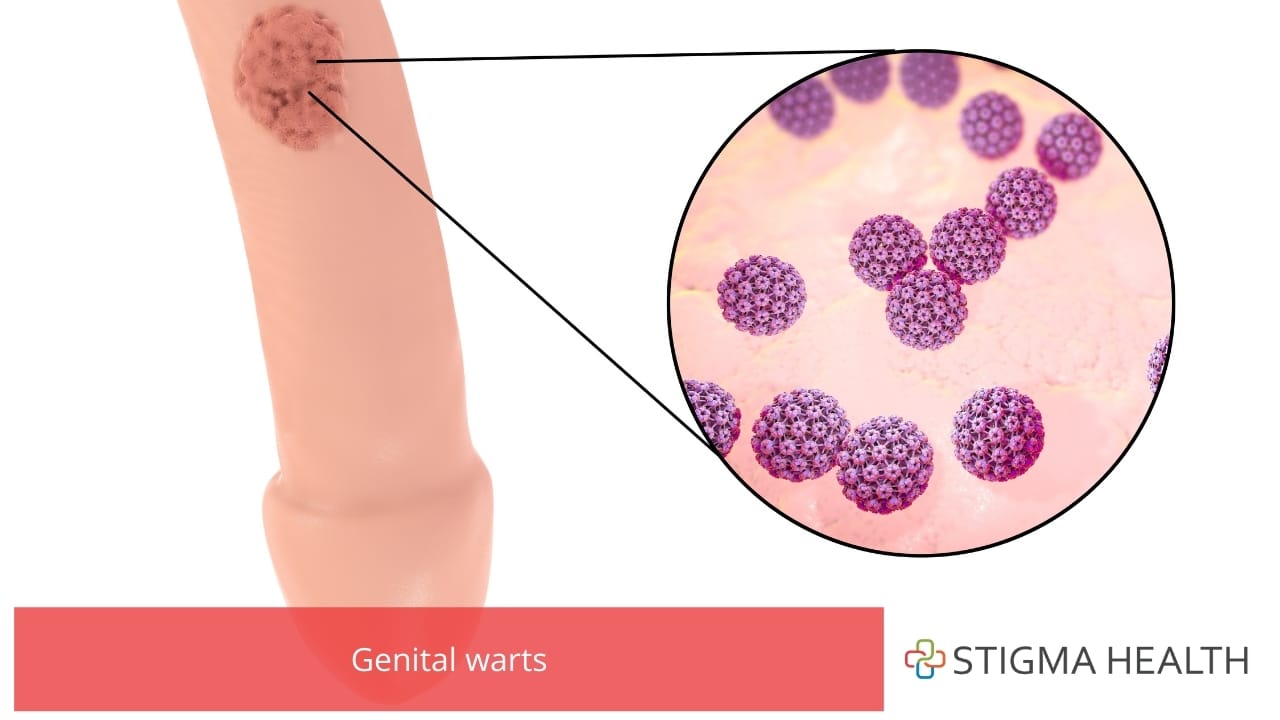
9) Genital warts
Genital warts belong to the common sexually transmitted infections. They cause bumps in several body areas including the penis, vagina, anus, and scrotum. They are caused by the human papillomavirus (HPV) (17). In the last decade, there has been a 90% reduction in genital warts in Australian teenagers aged between 15–20 years (18). Since the HPV vaccine was introduced in Australia, genital warts have decreased tremendously in young heterosexuals aged 15–20 years, with a 90% in males (from 6.3% to 0.6%) and a greater- 92% reduction in females (from 9.0% to 0.7%) (18).
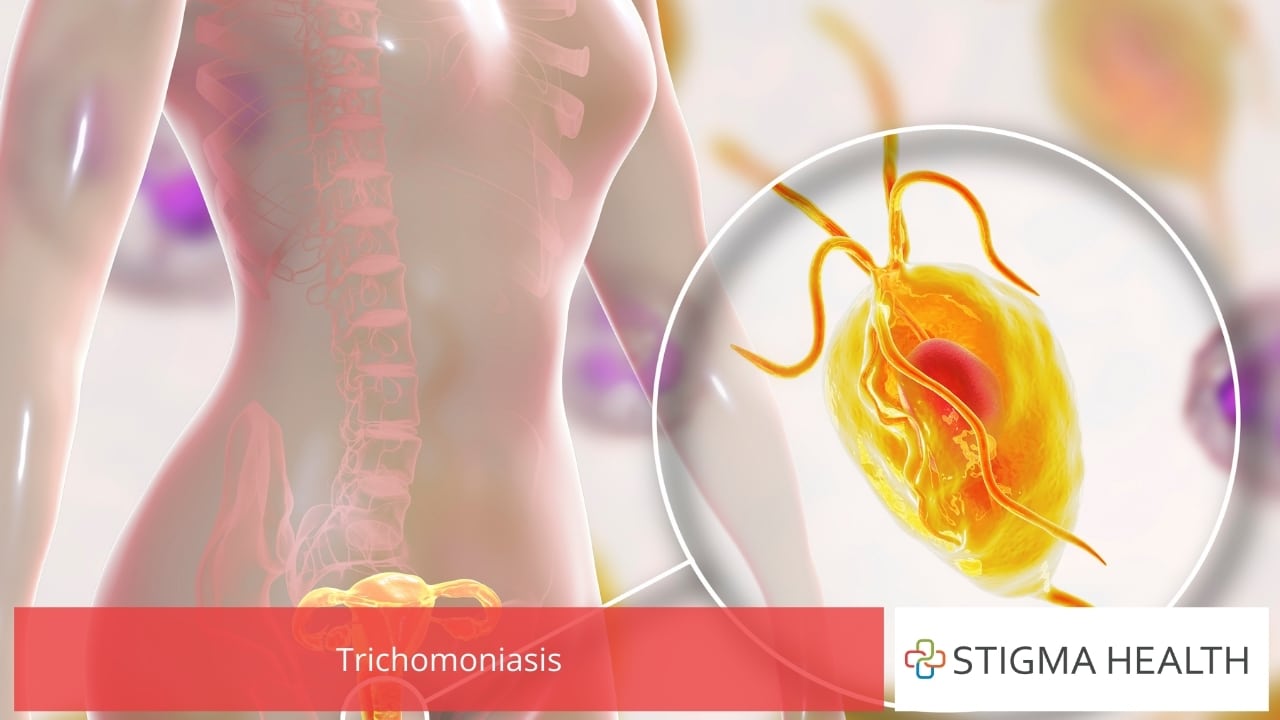
10) Trichomoniasis
Trichomoniasis is a sexually transmitted infection of the vagina caused by Trichomonas vaginalis. Trichomoniasis is considered the most common curable sexually transmitted infection globally, and the World Health Organisation reports that its prevalence among women is 8.1% (19). In Australia, trichomonas is more common in older women and especially females living in regional and remote areas (20). According to a 2012 study, the prevalence of Trichomoniasis increased with remoteness in both Aboriginal and non- Indigenous women (21). Trichomoniasis is associated with an increased risk of either preterm birth and/or low birth weight. Additionally, it can result in genital and respiratory infections of the newborn (19).
References
1) Menon, S., Timms, P., Allan, J., Alexander, K., Rombauts, L., Horner, P., Keltz, M., Hocking, J. and Huston, W., 2015. Human and Pathogen Factors Associated with Chlamydia trachomatis-Related Infertility in Women. Clinical Microbiology Reviews, 28(4), pp.969-985.
2) Kirby.unsw.edu.au. 2019. HIV, Viral Hepatitis And Sexually Transmissible Infections In Australia: Annual Surveillance Report 2018 | UNSW – The Kirby Institute For Infection And Immunity In Society. [online] Available at: <https://kirby.unsw.edu.au/report/hiv-viral-hepatitis-and-sexually-transmissible-infections-australia-annual-surveillance> [Accessed 29 October 2020].
3) Racgp.org.au. 2020. RACGP – Guidelines For Preventive Activities In General Practice. [online] Available at: <https://www.racgp.org.au/clinical-resources/clinical-guidelines/key-racgp-guidelines/view-all-racgp-guidelines/red-book> [Accessed 29 October 2020].
4) Schachter J, Grossman M, Sweet RL, Holt J, Jordan C, Bishop E. Prospective study of perinatal transmission of Chlamydia trachomatis. JAMA : the journal of the American Medical Association 1986;255:3374-7.
5) Sti.guidelines.org.au. 2020. Home – Australian STI Management Guidelines. [online] Available at: <http://www.sti.guidelines.org.au/> [Accessed 25 October 2020].
6) nhs.uk. 2020. Syphilis. [online] Available at: <https://www.nhs.uk/conditions/syphilis/> [Accessed 30 October 2020].
7) Peeling, R., Mabey, D., Kamb, M., Chen, X., Radolf, J. and Benzaken, A., 2017. Syphilis. Nature Reviews Disease Primers, 3(1).
8)Who.int. 2020. Hepatitis C. [online] Available at: <https://www.who.int/news-room/fact-sheets/detail/hepatitis-c> [Accessed 31 October 2020].
9) Edmunds, B.L., Miller, E.R. & Tsourtos, G. The distribution and socioeconomic burden of Hepatitis C virus in South Australia: a cross-sectional study 2010–2016. BMC Public Health 19, 527 (2019). https://doi.org/10.1186/s12889-019-6847-5
10) Peters MG. Hepatitis B Virus Infection: What Is Current and New. Top Antivir Med. 2019;26(4):112-116.
11) User, S., 2018. Hepatitis A – Australian STI Management Guidelines. [online] Sti.guidelines.org.au. Available at: <http://www.sti.guidelines.org.au/sexually-transmissible-infections/hepatitis-a> [Accessed 30 October 2020].
12) 2020. [online] Available at: <https://immunisationhandbook.health.gov.au/vaccine-preventable-diseases/hepatitis-a> [Accessed 30 October 2020].
13) Hepatitis Australia. 2020. Hepatitis A. [online] Available at: <https://www.hepatitisaustralia.com/hepatitis-a> [Accessed 30 October 2020].
14) Healthdirect.gov.au. 2019. Genital Herpes. [online] Available at: <https://www.healthdirect.gov.au/genital-herpes> [Accessed 31 October 2020].
15) Conditions.health.qld.gov.au. 2019. Genital Herpes. [online] Available at: <http://conditions.health.qld.gov.au/HealthCondition/condition/14/188/62/Genital-Herpes> [Accessed 31 October 2020].
16) Stevens LM, Lynm C, Golub RM. HIV Infection: The Basics. JAMA. 2012;308(4):419. doi:10.1001/jama.2012.4079
17) Healthdirect.gov.au. 2020. Genital Warts. [online] Available at: <https://www.healthdirect.gov.au/genital-warts> [Accessed 31 October 2020].
18) Kirby.unsw.edu.au. 2018. 90% Decline In Genital Warts In Young Australians | UNSW – The Kirby Institute For Infection And Immunity In Society. [online] Available at: <https://kirby.unsw.edu.au/news/90-decline-genital-warts-young-australians> [Accessed 31 October 2020].
19) Healthdirect.gov.au. 2020. Trichomoniasis. [online] Available at: < https://www.health.gov.au/resources/pregnancy-care-guidelines/part-g-targeted-maternal-health-tests/trichomoniasis> [Accessed 31 October 2020].
20) Sti.guidelines.org.au. 2018. Trichomoniasis – Australian STI Management Guidelines. [online] Available at: <http://www.sti.guidelines.org.au/sexually-transmissible-infections/trichomoniasis> [Accessed 31 October 2020]. 21) Ryder N, Woods H, McKay K et al (2012) Trichomonas vaginalis prevalence increases with remoteness in rural and remote New South Wales, Australia. Sex Transm Dis 39(12): 938-41.
